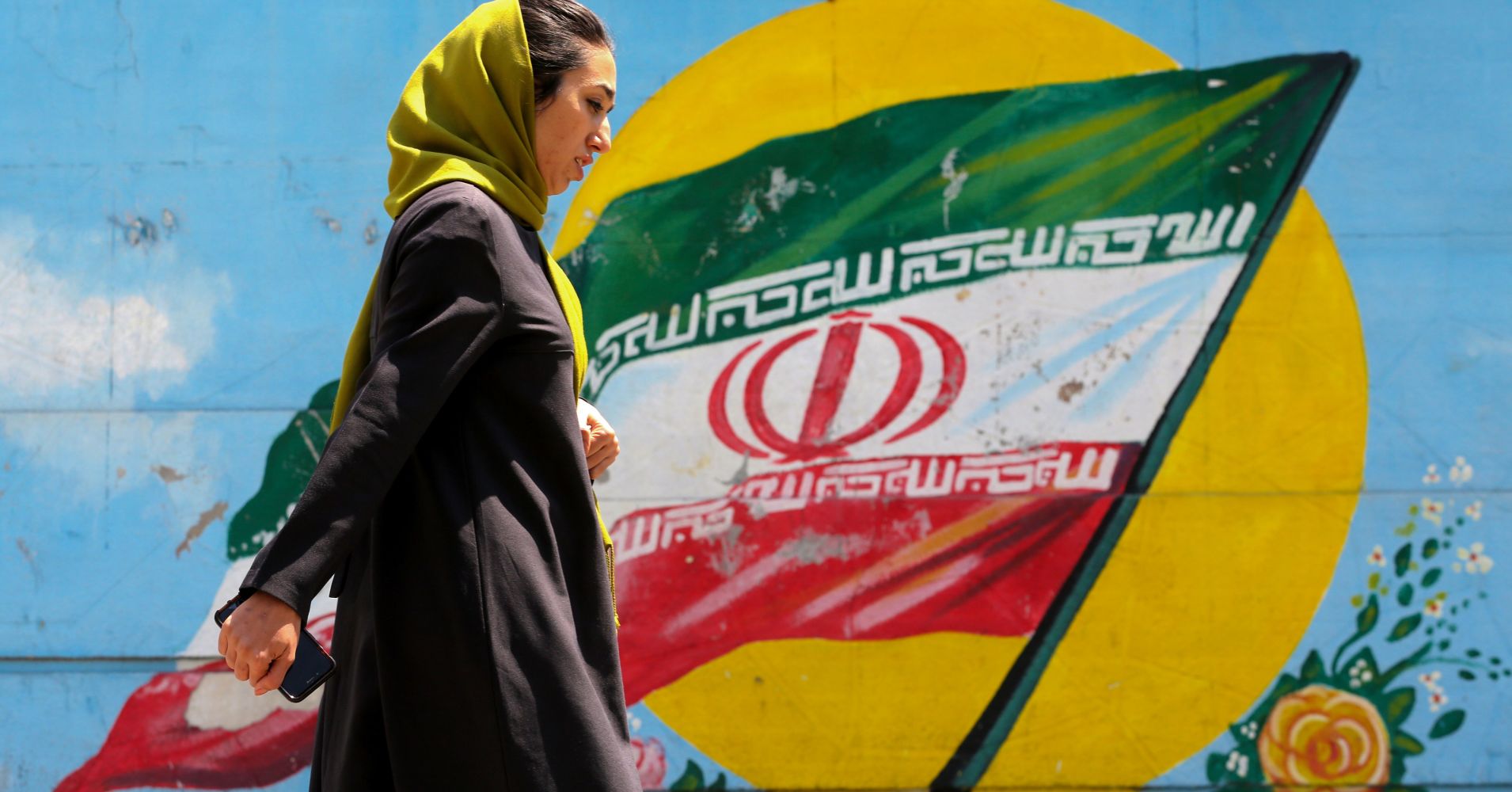Oil investors aren’t paying enough mind to this ‘red-hot’ conflict

[ad_1]
The escalating conflict between the United States and Iran is a major trigger for oil prices, and it’s not getting enough attention from investors, said energy expert John Kilduff.
“The situation with Iran is just off the charts right now in terms of being red-hot,” Kilduff, founding partner of Again Capital, said Thursday on CNBC’s “Futures Now.”
From the Trump administration’s increasingly hawkish position on Iran, to the U.S. military’s recent involvement in the region, to newly instated U.S. sanctions on Iran’s metal exports, “the potential for an incident … [is] really, really high,” Kilduff warned.
“They are experiencing economic strangulation that would make any sort of normal country act out at some point,” he said. “I think that’s what’s supporting this oil price. That’s why it can’t break down, because you are subject to coming in one morning with some kind of incident. I’m not saying a blockage of the Strait of Hormuz or something severe, but some kind of tit for tat that will spook this oil market to the upside in a big way.”
The key level Kilduff is watching is the now-infamous $60-a-barrel threshold. West Texas Intermediate oil prices have been unable to break below that level since they crossed above it in late March.
“Just this week, we got as low as $60.04 and we bounced back up,” Kilduff noted. “If you’ve been watching [oil prices] closely, they seem to be hanging out right around the $62 level, which is sort of the upside barrier. So, to the extent we can put in more time above that level, you’re really looking at, I think, an upside run more than anything else in the short term.”
That could spell trouble for President Donald Trump, who has called numerous times for international oil producers to drive down the price of crude.
But from an investor’s perspective, Kilduff sees the necessary support levels in place for oil to tick higher, with Saudi Arabia and Iraq poised to fill the gap left by the now-sanctioned Iran.
“Interestingly enough, though, the Saudis and the Iraqis have jacked up their prices to the Asian customers who have lost their Iranian barrels, so there’s a stinginess there,” Kilduff said. “The Saudis are not rushing to fill the gap like they did at the end of last year. So, again, another reason why these oil prices are somewhat supported right now.”
U.S. crude prices failed to hold above $62 on Thursday, settling at $61.70. They are down more than 6% from their 2019 high, but are still up nearly 36% year to date.
Also on Thursday, Iran appeared to restart oil shipments to Syria, according to companies that track maritime tankers, following a Wednesday announcement by Iran’s leaders that they would stop complying with certain facets of the 2015 nuclear deal.
Source link






